Captain Bill

- Type:
- artificial reef, tugboat, McAllister Towing (Boston)
- Built:
- 1950, Jakobson Shipyard, Oyster Bay, NY as Hazleton
- Specs:
- ( 110 x 27 ft ) 199 gross tons
- Sponsor:
- Herb & Veronica Segars
- Sunk:
- Wednesday November 10, 2004 - Axel Carlson Artificial Reef
- GPS:
- 40°03.104' -73°59.283'
- Depth:
- 75 ft

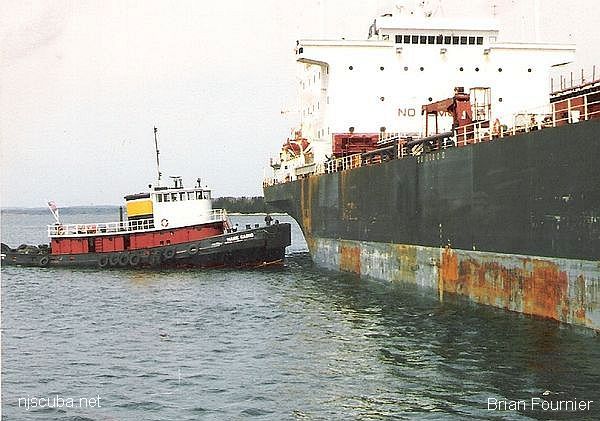
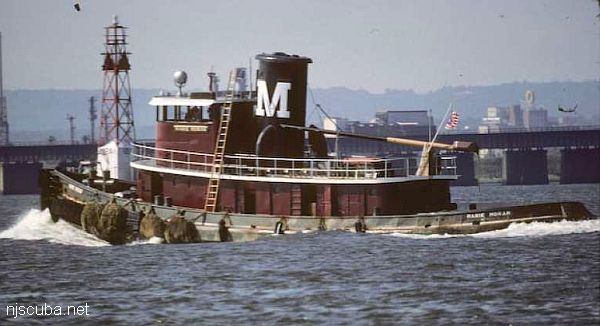
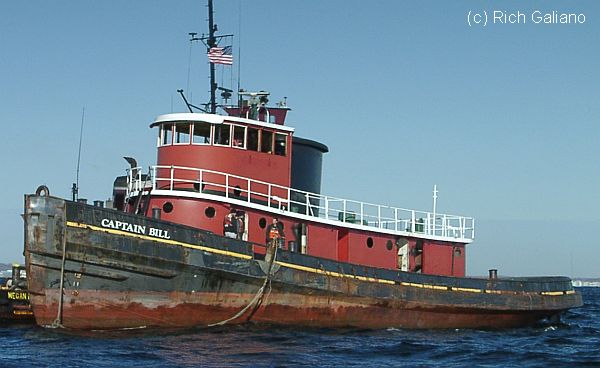
Built in 1950, by Jakobson Shipyard Incorporated of Oyster Bay, New York (hull #328) as the Hazleton for the Lehigh Valley Railroad Company of Bethlehem, Pennsylvania. In 1963, she was acquired by the Moran Towing Company of New York, New York, where she was renamed as the Marie Moran.
In 1984, the tug was acquired by the R.J. Casho Marine Towing Company of Wilmington, Delaware, where she was renamed as the Marie Casho. In 1986, she was acquired by Captain Arthur Fournier of the Penobscot Bay Towing Company of Belfast, Maine, where the tug was renamed as the Captain Bill.
In 2004, the tug was reefed off of Bayhead, New Jersey as part of an artificial reef program, where the tug was renamed as the Veronica M. Named for the wife of a longtime local diver and underwater photographer Herb Segars.
Powered by a single Cleveland 16-278A diesel engine, 1,600 horsepower.
Paul Strubeck, Captain Brian Fournier
tugboatinformation.com
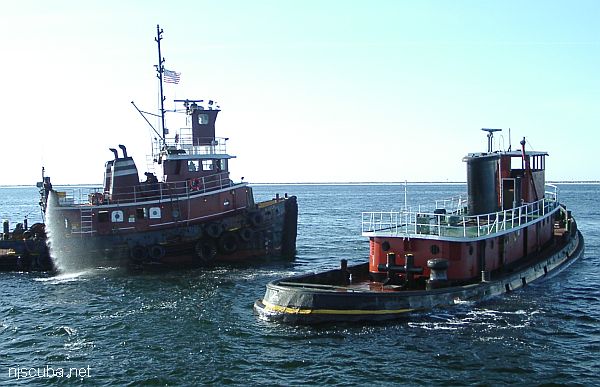
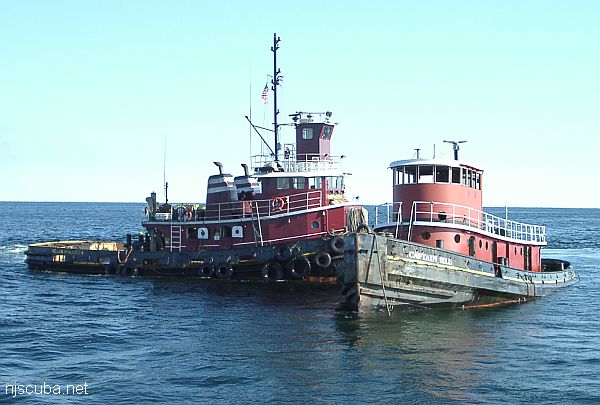
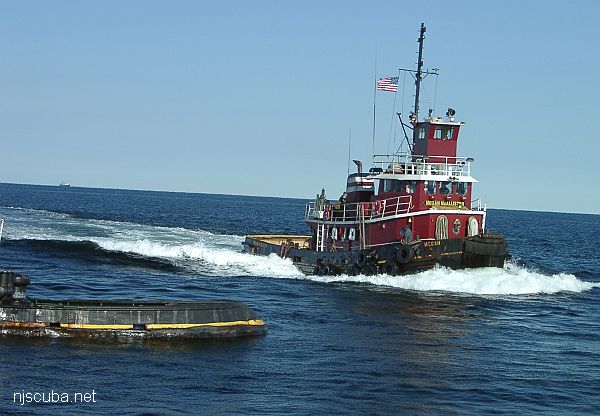

The sinking of the "Veronica M" took 4-1/2 hours and 40 seconds. The block of the 1750 hp diesel engine is still inside, as well as the 120" bronze propeller. This tug is one of the largest ever sunk as a reef in New Jersey. Compared to others in the area, it is massive.
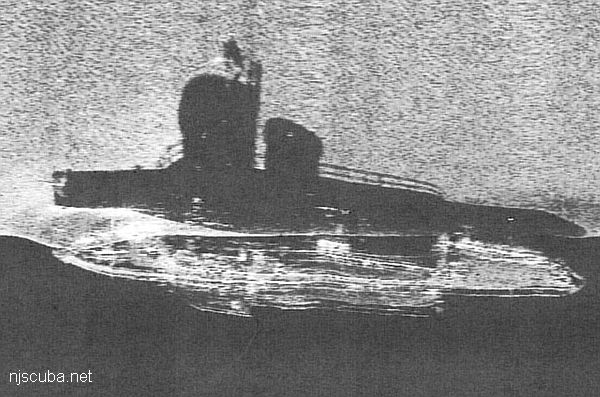




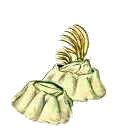
Questions or Inquiries?
Just want to say Hello? Sign the .